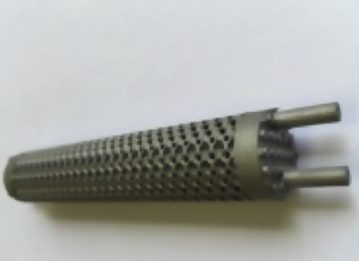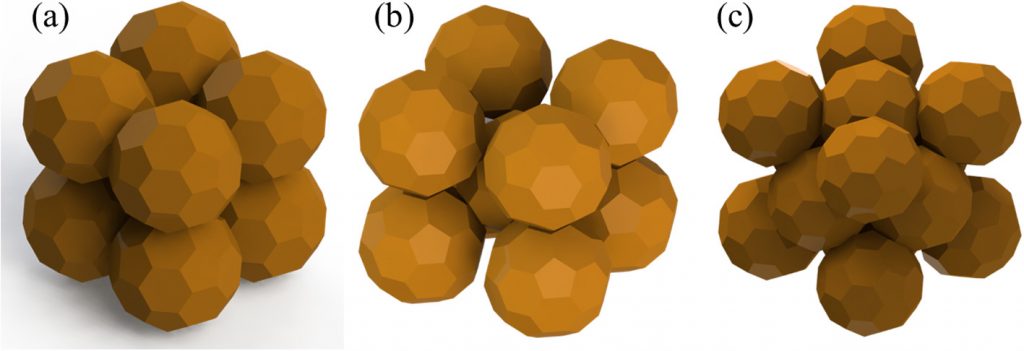With the potential to shakeup the design of everything from air planes to refrigerators, Dr Tim Huber and Professor Conan Fee have developed a new metal 3D printing methodology for making high-performance heat exchangers.
Elaborating upon traditional cylinder and square shapes, the heat exchangers built by Huber and Fee bring new, complex designs to the field that are impossible with other means of manufacturing.

3D printing can take the heat
Heat exchangers have been re-imagined by 3D printing in a number of cross-industry applications.
Air Liquide used additive manufacturing to make an award-winning milli-structured heat exchanger reactor that can be used for hydrogen production purposes.
In a paper presented at the 8th International Conference on Applied Energy, researchers used PolyJet 3D printing to make more environmentally friendly stacks for refrigerators.
And Australia’s Conflux Technology has also been set up especially to make core 3D printed heat exchangers. Last year the company even received a substantial investment from AM Ventures, the capital investment company founded by EOS group founder Dr. Hand Langer.
Prizewinning designs
At UC, Huber and Fee recently won an award worth $14,310 ($20,000 NZD) to fund further development of their 3D printed heat exchanger project.
According Professor Fee, Head of UC’s School of Product Design, “This will facilitate the development of some promising technology that is expected to improve the efficiency of devices meant for heating or cooling.”
Devices made by the team are porous. Pores within part geometry have been investigated in three different arrangements to determine appropriate design for the applications.

Further, “impossible” exchanger shapes have been tried by the team. One such design incorporates gyroids into the body of the part.
Impossible made possible
It is hoped that the UC developed exchangers will be used to make “smaller and lighter devices for electronics,” give “racing cars a competitive advantage” and even produce “more attractive heat pumps in homes.”
Professor Fee adds “The growth of 3D printing for new applications is exponential and it is stimulating a huge set of opportunities for new designs that were not previously possible. ”
“Our 3D-printed porous heat exchangers are an example of something that cannot be made by conventional technologies but is now possible, expanding our thinking and potentially growing innovation in New Zealand.”
Examples of Huber and Fee’s research can be found online in Elsevier’s Current Opinion in Chemical Engineering, and the journal of Chemical Engineering Science.
Nominate the best applications in the second annual 3D Printing Industry Awards here.
Subscribe to the 3D Printing Industry newsletter, follow us on Twitter, and like us on Facebook here.
Featured image shows Dr Tim Huber (left) and Professor Conan Fee hold their prizewinning 3D printed heat exchangers. Photo via University of Canterbury


